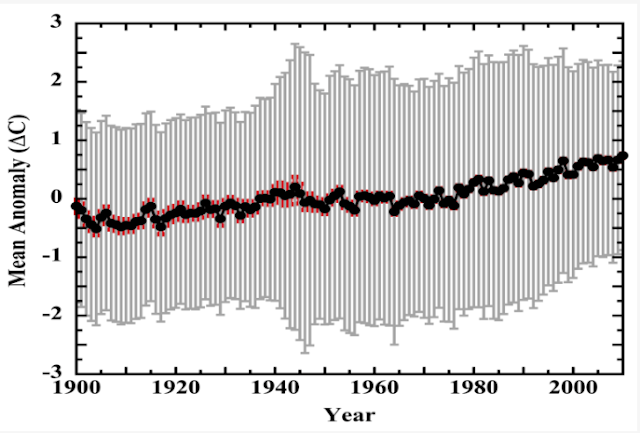What Caused the Paleocene-Eocene Thermal Maximum (PETM)?

The Paleocene–Eocene Thermal Maximum (PETM) was a period of time beginning about 56 million years ago. Temperatures increased by 5–8°C[2][4] due to a large excursion of biogenic carbon. Temperatures increased extremely rapidly, and the perturbation of the carbon cycle led to ocean acidification and a mass extinction of benthic foraminifera. The warming event occurred suddenly, geologically speaking, perhaps in as little as 10,000 years[12], making it one the most rapid warming events detected in the Phanerozoic. The extreme warmth of the PETM lasted less than 220,000 years before returning to "normal" Eocene levels. The rapid warming warming associated with the PETM makes it a good analogue to current warming, so I think it would be helpful to cover this event as well as provide a bibliography for further reading on the subject. The PETM is also one among many examples in geologic history where it is clear that GHGs were driving global warming. CO2 led (and drove) the warmin...
